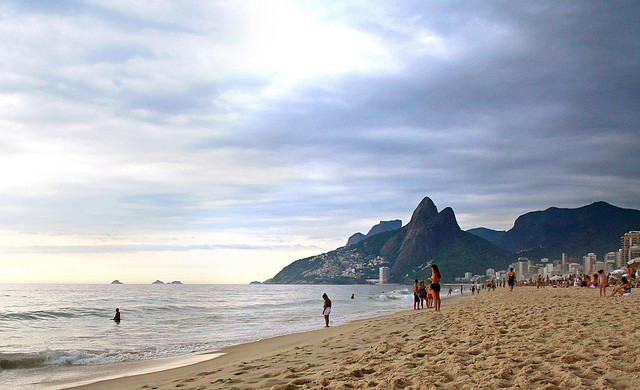Arab Baths of Girona in Girona, Spain
At the base of Girona Cathedral, the small dome of the Arab Baths peeks above a medieval stone structure. Despite their name, these baths are not of Arab origin. Built in the 12th century in Romanesque style, they borrow architectural elements from Roman baths, Muslim hammams, and Jewish mikvahs, are were designed to promote hygiene during a period of urban growth. The complex consists of several rooms, each serving a distinct purpose. Visitors enter through a vestibule leading to the apodyterium, or dressing room. This central octagonal space, adorned with eight slender columns and decorative capitals, features a small pool under a lantern-lit dome. Other areas include the frigidarium for cold water immersion, the tepidarium for warm relaxation, and the caldarium, akin to a modern sauna. Historically, the baths operated as public facilities until the 14th century, enduring partial destruction during wars and sieges. In the 13th century, King James II ordered their reconstruction, highlighting their cultural importance. Over time, they were used for Jewish purification rituals and later repurposed by Capuchin nuns. By the 20th century, the baths underwent restoration, preserving their architectural and historical value. Today, they remain a testament to the cultural exchange that shaped medieval Spain. Today, the baths attract visitors for their unique blend of Romanesque and Islamic design. Highlights include the intricately carved capitals and the stunning octagonal temple structure. Guided tours are available, offering insights into their historical functions and significance.


At the base of Girona Cathedral, the small dome of the Arab Baths peeks above a medieval stone structure. Despite their name, these baths are not of Arab origin. Built in the 12th century in Romanesque style, they borrow architectural elements from Roman baths, Muslim hammams, and Jewish mikvahs, are were designed to promote hygiene during a period of urban growth.
The complex consists of several rooms, each serving a distinct purpose. Visitors enter through a vestibule leading to the apodyterium, or dressing room. This central octagonal space, adorned with eight slender columns and decorative capitals, features a small pool under a lantern-lit dome. Other areas include the frigidarium for cold water immersion, the tepidarium for warm relaxation, and the caldarium, akin to a modern sauna.
Historically, the baths operated as public facilities until the 14th century, enduring partial destruction during wars and sieges. In the 13th century, King James II ordered their reconstruction, highlighting their cultural importance. Over time, they were used for Jewish purification rituals and later repurposed by Capuchin nuns. By the 20th century, the baths underwent restoration, preserving their architectural and historical value. Today, they remain a testament to the cultural exchange that shaped medieval Spain.
Today, the baths attract visitors for their unique blend of Romanesque and Islamic design. Highlights include the intricately carved capitals and the stunning octagonal temple structure. Guided tours are available, offering insights into their historical functions and significance.

















_Agata_Gładykowska_Alamy.jpg?#)























































